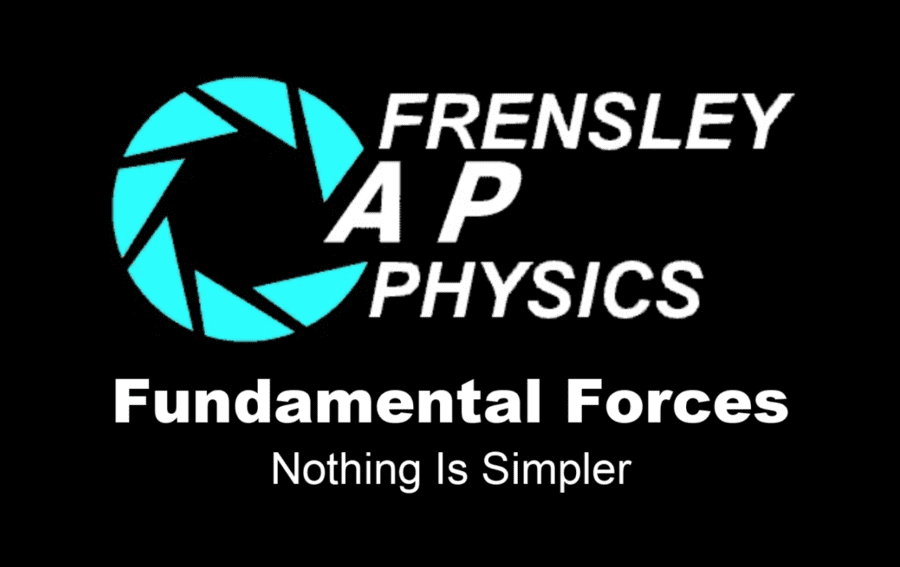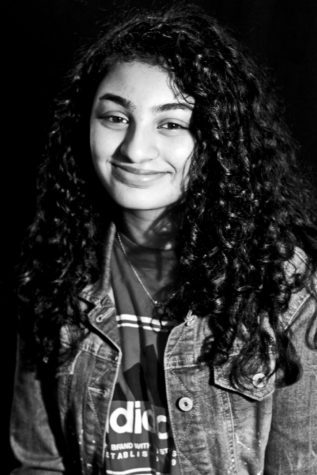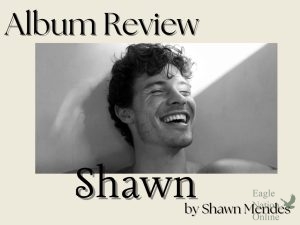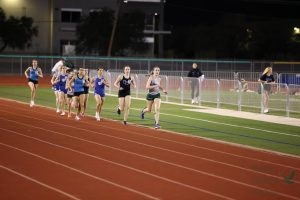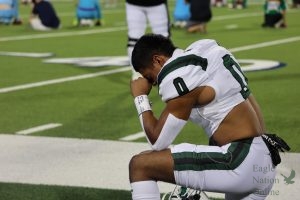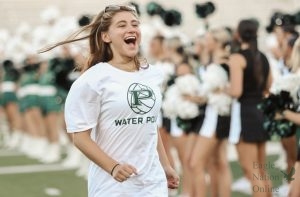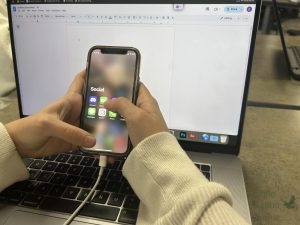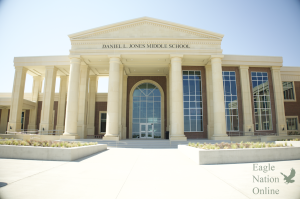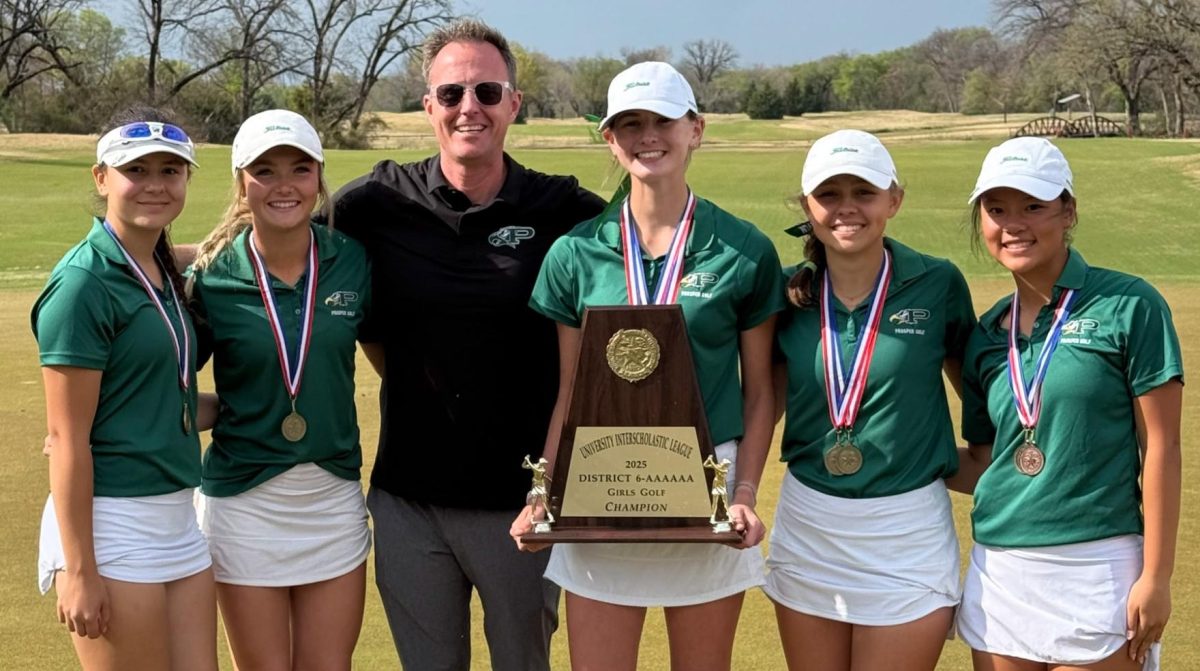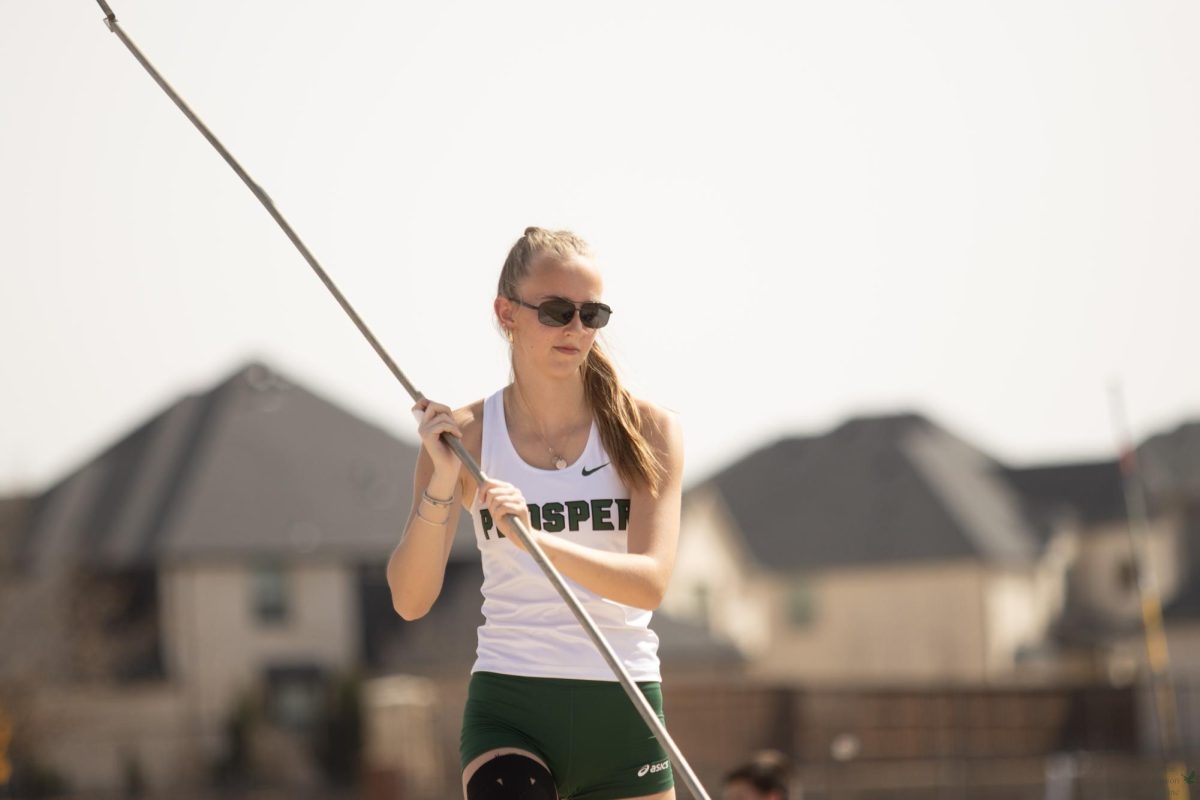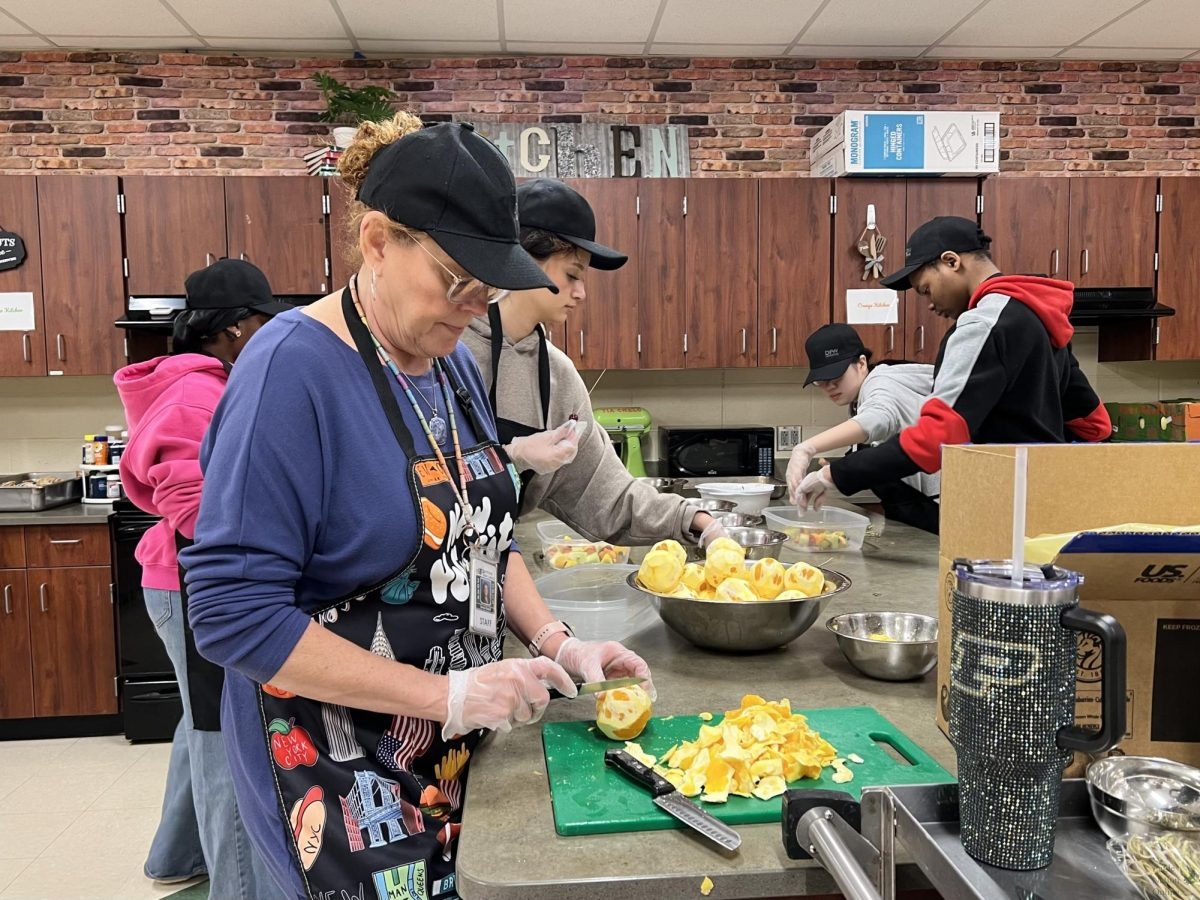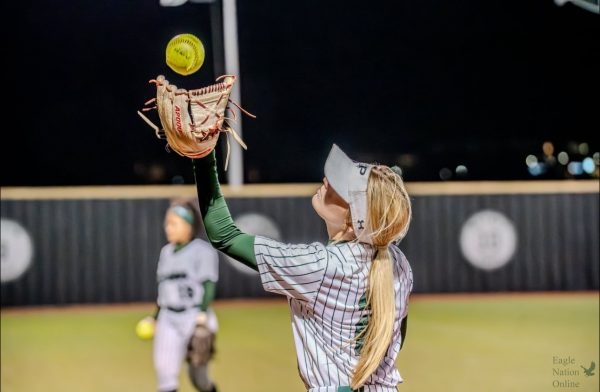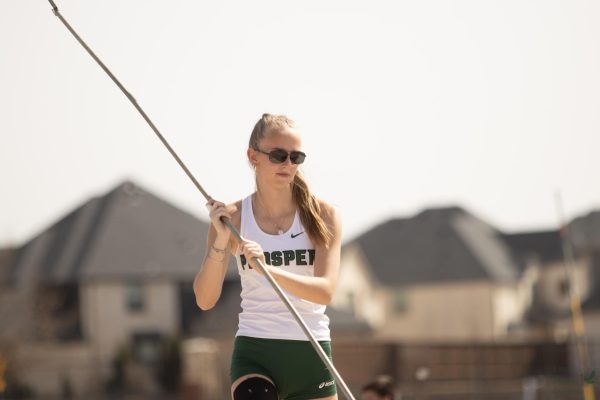AP Physics classes construct Rube Goldberg machines
Isabella Abraham - article updated with video on May 20
photo courtesy of John Frensley
AP Physics classes constructed Rube Goldberg machines to review for the AP exam. “My favorite part was getting to watch the final product and the biggest thing I took away from it was getting to learn from other students how different physics principles work,” junior Cristina Folsom said. “It really helped me understand for the AP exam.”
May 16, 2019
The car hits a plank that raises a “Physics is Phun” flag, the finale for one of the Rube Goldberg machines created by students.
Students in AP Physics took on the challenge of designing and developing Rube Goldberg machines, which they presented to their classes last week. These special contraptions, which use a chain reaction to accomplish a simple task, re-taught students central physics elements before the AP test.
“A Rube Goldberg machine basically consists of a series of chain reactions of events where one action leads to the next, which leads to the next,” AP Physics teacher John Frensley said. “So it might sound like: a ball rolls down a hill, and then hits a pole which falls over, which hits a set of dominoes, which lands in a bucket, which pulls a pulley – that kind of thing.”
After designing the machine and including explanations of the physics demonstrated at different points, students worked in groups to build it with items found around the house. The groups timed their machine and created a presentation that explained the physical actions.
“I used to make it so (the Rube Goldberg machines) had to go a certain amount of time or have a certain number of actions, and I scrapped all of those requirements,” Frensley said. “All that matters now is just demonstrate the specific principles that we’ve learned all year. So, the students receive this list that (says) you need to have a constant velocity, some part that shows Newton’s first law. You need these energy transformations, and so rather than make it so that it’s like my first year, now I’m like build the simplest machine you can that can meet all the requirements at the same time. When students see these physics as something simple, you know they understand it.”
A tradition from his high school days, Frensley annually assigns the Rube Goldberg project as a conceptual review before the highly anticipated AP test.
“I want them to know the physics they’ve been learning applies to really everything they experience no matter how simple it is,” Frensley said. “But also, it’s not that one physics topic applies to one situation, but that they all act at the same time. We may have studied them one at a time, but they’re all there in the same time in any phenomenon that we experience.”
Physics students give nothing but positive feedback on how well the Rube Goldberg machines increased their understanding of the assigned principles.
“My favorite part was getting to watch the final product, and the biggest thing I took away from it was getting to learn from other students how different physics principles work,” junior Cristina Folsom said. “It really helped me understand for the AP exam.”
While Frensley concedes that AP Physics is a rigorous course with a test that’s difficult to pass, he encourages enrollment and aims to make the class palatable through hands-on labs and activities such as the Rube Goldberg project.
“People who take AP Physics should be anybody who wants to go into anything related to science in college, anybody who particularly likes math – well if it’s not something that irritates you – or anybody who wants to have something look really good on their college application,” Frensley said. “I would rather students know what college is going to be like in their junior year than find out when they get to college because they can polish up their work habits, learn how to make study groups and learn other good academic skills.”
The Rube Goldberg assignment serves as an innovative teaching tool that attempts to connect challenging physics concepts to the real world.
“Since it’s so open-ended, it really gives students the opportunity to take all the physics they’ve learned all year and realize that ordinary stuff, like a ball rolling down a hill, involves many different physics topics that we study at different times of the year,” Frensley said. “There’s a lot of creativity involved, and I feel like I want to bring a lot more creativity into my class.”



